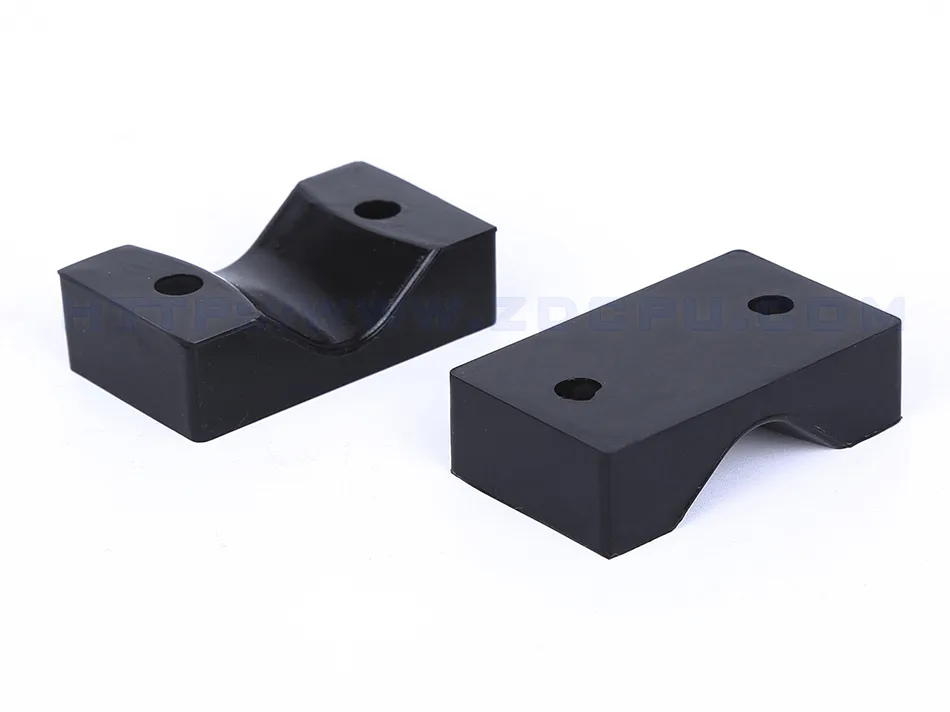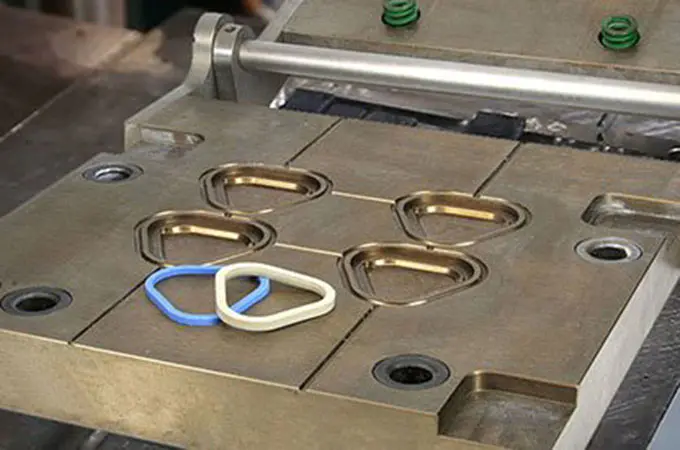Home » EPDM

EPDM
Material Type
Rubber
Material Full Name
Ethylene Propylene Diene Monomer
Process Compatibility
Compression Molding, Injection Molding,Extrusion Molding,
Rubber Bonding Metal, Rubber Bonding Plastic
Elastomer & Rubber Material
List of Plastic Material
List of Metal Material
Custom EPDM Molding Solution
Zhongde specializes in EPDM Injection molding and offers custom EPDM parts for industries such as transportation, construction, electronics, appliances, healthcare, aerospace, and marine. With over 40 years of experience, we provide integrated services from mold design to final production. and additionally, we also offer custom compound formulation and PMS color matching to precisely meet your application requirements.
Start A New Project Right Now!
If EPDM is the right material for your application, simply send us your drawings or samples.
EPDM Material Description
Price
$$$$$
Strength
Excellent resistance to weathering, ozone, and heat.
Weakness
Limited resistance to petroleum-based fluids and oils.
Common Application
Automotive weatherstripping, seals, and gaskets, roofing membranes, pond liners, and electrical insulation.
EPDM Properties for Injection Molding
EPDM refers to ethylene propylene diene monomer, a type of synthetic rubber that is commonly used across many industries. While natural rubber may deteriorate with exposure to sunlight and ozone and become brittle over time, EPDM components perform well in harsh environments and last longer than those made with natural rubber.
| Property | Metric | English |
|---|---|---|
| Density | 0.85-1.4 g/cm³ | 56.87-58.04 lb/ft³ |
| Shore Hardness A | 30-90 | 30-90 |
| Tensile Strength | 3.45-24.13 kPa | 500-2500 PSI |
| Elongation at Break | 100-700% | 100-700% |
| Min Temp. | -50~-40°C | -60~-40º F |
| Max Temp. | 105~150°C | 220~ 300º F |
*Please Note: Material properties are for reference only and may vary by brand.
How to Improve EPDM Properties?
EPDM can be modified through various methods, adding additives is one of the most common ones. Some of the additives include:
- Fillers: Fillers like carbon black, silica, or clay are added to improve tensile strength, tear resistance, and abrasion resistance. They also help control the cost and processability of EPDM compounds.
- Plasticizers: Plasticizers such as oils or resins are incorporated to enhance the flexibility and low-temperature performance of EPDM rubber.
- UV stabilizers: UV stabilizers help prevent the degradation of EPDM due to exposure to ultraviolet radiation.
- Flame retardants: Flame retardants may be included to enhance the fire resistance of EPDM rubber, making it suitable for applications where fire safety is a concern.
Get Custom EPDM Parts with Zhongde
FAQs of EPDM Molding
View our FAQ for more questions.
Is EPDM rubber recyclable?
Yes, EPDM rubber is recyclable. EPDM rubber can be reclaimed and recycled through various processes, including mechanical grinding, shredding, and reprocessing. The recycled EPDM material can then be used to manufacture new products.
What are two types of EPDM?
Solid EPDM and expanded EPDM foam are two different physical forms of EPDM.
- Solid EPDM is the traditional form of EPDM rubber, which is dense and non-porous. It is commonly used in applications where a solid, impermeable material is required, such as gaskets, seals, roofing membranes, and automotive parts.
- Expanded EPDM foam has a cellular structure with interconnected air pockets, making it lightweight, flexible, and compressible. It is often used for insulation, cushioning, gaskets, and weatherstripping applications.
What is the typical lifespan of EPDM in different environments?
Generally, EPDM is known for its excellent durability and weather resistance. In outdoor environments, EPDM roofing membranes, seals, and gaskets can often last for 20 years or more. However, the lifespan may be shorter in environments with extreme temperatures, high levels of UV radiation, or exposure to chemicals.
It is easy to fill the form.
Better Quality, Faster Delivery
From design to final parts, from rapid prototyping to mass production, Zhongde's one-stop service meets your needs.
Upload your design drawing and all uploads are secure and confidential!
Upload your design drawing and all uploads are secure and confidential!


